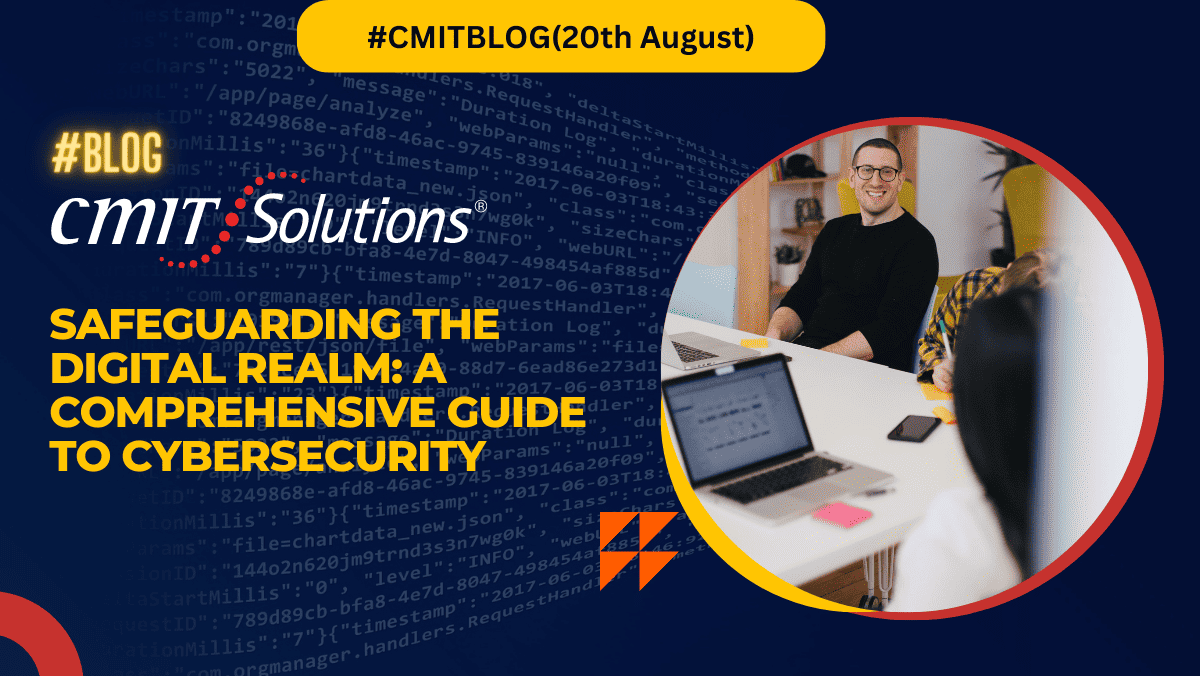Introduction
In an era where information technology permeates every aspect of our lives, cybersecurity has become a critical concern. As our digital footprint continues to expand, so do the threats. In this blog post, we will delve into the world of cybersecurity, exploring its importance, key principles, evolving threats, and strategies for safeguarding your digital assets.
The Importance of Cybersecurity
Cybersecurity is the practice of protecting computer systems, networks, and data from theft, damage, or unauthorized access. Its significance cannot be overstated:
1. Protection of Sensitive Data
Organizations and individuals store vast amounts of sensitive data online, from financial information to personal records. Cybersecurity ensures this data remains confidential and secure.
2. Preventing Financial Loss
Cyberattacks can result in substantial financial losses, both for individuals and organizations. Effective cybersecurity measures can help prevent such losses.
3. Maintaining Reputation
A data breach can tarnish an organization’s reputation, eroding trust with customers and partners. Cybersecurity helps maintain trust by safeguarding data.
4. National Security:
Cyberattacks on critical infrastructure can have far-reaching consequences, impacting national security. Cybersecurity is essential for protecting a country’s infrastructure and assets.
Key Principles of Cybersecurity
To establish a robust cybersecurity strategy, one must understand and implement several key principles:
1. Risk Assessment: Identifying and assessing potential risks is the foundation of cybersecurity. Understanding what needs protection and where vulnerabilities lie is crucial.
2. Defense in Depth: A layered approach to security involves multiple security measures at different levels to mitigate threats effectively.
3. User Education: Often, human error is the weakest link in cybersecurity. Educating users about best practices and potential threats is vital.
4. Regular Updates and Patching: Keeping software and systems up to date ensures that known vulnerabilities are patched promptly.
5. Monitoring and Incident Response: Continuous monitoring of systems can detect unusual activities or breaches early, allowing for a swift response.
Evolving Cyber Threats
Cyber threats are constantly evolving. Some of the prevalent threats include:
1. Malware: Malicious software, such as viruses and ransomware, can infect systems and encrypt data, demanding a ransom for decryption.
2. Phishing: Attackers impersonate trustworthy entities to trick users into revealing sensitive information.
3. Distributed Denial of Service (DDoS) Attacks: Overwhelming a system or network with traffic to make it unavailable.
4. Insider Threats: Malicious actions or negligence by individuals within an organization can pose significant risks.
5. Advanced Persistent Threats (APTs): Long-term, highly targeted attacks that can remain undetected for extended periods.
Cybersecurity Best Practices
Implementing effective cybersecurity requires a proactive approach:
1. Strong Passwords: Encourage the use of complex, unique passwords and consider two-factor authentication.
2. Firewalls and Antivirus Software: Use firewalls to control incoming and outgoing network traffic and antivirus software to detect and remove malware.
3. Regular Backups: Regularly back up critical data to prevent data loss in case of an attack.
4. Security Updates: Keep software, operating systems, and applications up to date with the latest security patches.
5. Employee Training: Educate employees about cybersecurity threats and best practices to avoid falling victim to attacks.
Conclusion
Cybersecurity is not a one-time endeavor but an ongoing process. As technology advances, so do the threats, making it crucial to adapt and evolve your cybersecurity strategy continually. Remember that cybersecurity is not just an IT concern; it’s everyone’s responsibility. By staying informed and implementing best practices, you can help protect yourself, your organization, and the digital world as a whole from cyber threats.





